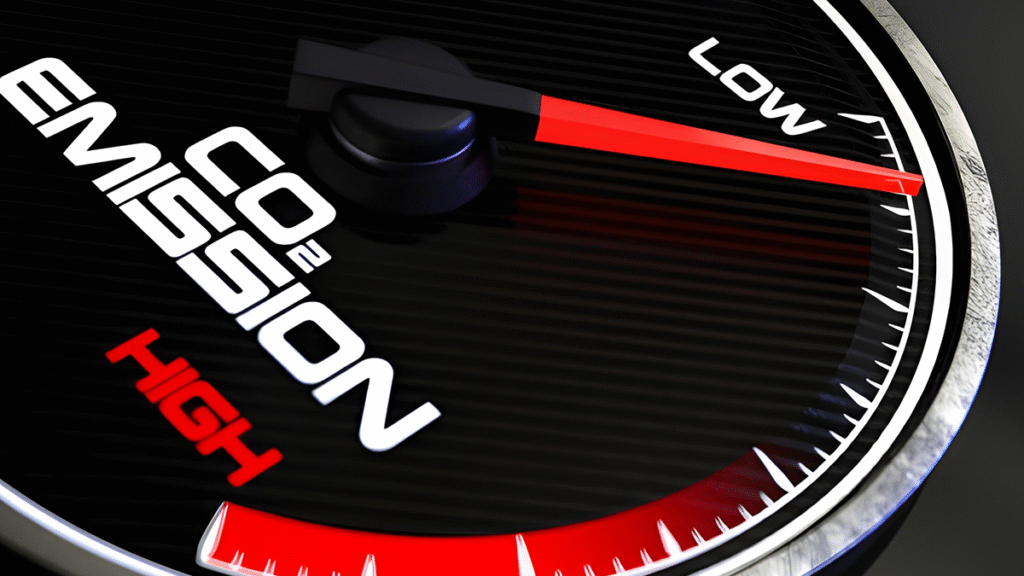
Vehicle emissions tests are crucial for cleaner air and a healthier environment. These tests verify that a car’s exhaust system meets required pollution standards. Failing an inspection can be frustrating and costly, but understanding common reasons for failure can help you avoid unnecessary repairs and delays. If you’re preparing for an emissions test, knowing what affects your vehicle’s performance is key to a smooth process.
What Is an Emissions Test and Why It Matters
An emissions test measures harmful gases like carbon monoxide, nitrogen oxides, and hydrocarbons from your vehicle’s exhaust. These pollutants cause smog and poor air quality, harming public health and the environment. Beyond legal compliance, the test helps drivers maintain efficient vehicles. Cars that pass typically burn fuel more effectively, produce fewer emissions, and perform better. Periodic inspections ensure compliance with environmental standards. Maintaining your car improves its chances of passing, extends its lifespan, and saves on fuel.
Common Reasons Cars Fail an Emissions Test
Even well-maintained vehicles can sometimes fail an emissions inspection due to a range of issues. Below are some of the most frequent causes:
1. Faulty Oxygen (O2) Sensor
An oxygen sensor measures unburned oxygen in your car’s exhaust. A damaged or faulty sensor leads to an incorrect air-fuel mixture, causing inefficient combustion and higher emissions. Replacing it is often a simple, cost-effective fix to prevent emissions test failure.
2. Worn-Out Spark Plugs
Spark plugs ignite engine fuel. Old or dirty ones cause misfires and incomplete combustion, increasing exhaust pollutants. Regular replacement improves fuel efficiency and prevents excess emissions.
3. Malfunctioning Catalytic Converter
The catalytic converter is a key part of your emissions system, converting harmful gases like carbon monoxide into less toxic emissions. If it fails, your car will emit more pollutants and likely fail emissions tests. A failing converter can also trigger the check engine light, signaling it’s time for an inspection.
4. Leaky or Damaged Exhaust System
Small leaks from cracks, holes, or rust in your exhaust system can cause incorrect readings or higher emissions during a test. Regularly inspecting your exhaust system ensures it is properly sealed and working correctly.
5. Check Engine Light Is On
If your check engine light is on, your car will automatically fail its emissions test. This light can indicate anything from a minor sensor issue to a serious engine problem. Getting the light diagnosed and fixed before your test can help you address issues early, saving you time and money.
How to Prepare Your Car for an Emissions Test
Taking preventive measures before scheduling your emissions test can greatly increase your chances of passing. Here are a few steps to follow:
- Warm up your car: Drive for 15–20 minutes before the test to ensure your engine reaches its optimal operating temperature.
- Replace the air filter: A dirty air filter can restrict airflow, causing the engine to burn fuel inefficiently.
- Use quality fuel: Good fuel keeps your engine cleaner and reduces buildup that can affect emissions readings.
- Check the gas cap: A loose or cracked gas cap can cause fuel vapors to escape, leading to higher emissions.
- Schedule regular maintenance: Routine oil changes, tune-ups, and inspections keep your car performing efficiently.
Regular maintenance is the most effective way to prevent unexpected failures during inspection. Vehicles that are serviced regularly are far less likely to fail an emissions test.
What Happens If You Fail the Test
Failing an emissions test doesn’t mean your car is beyond repair. It simply indicates that one or more components need attention. After the test, you’ll receive a report detailing the cause of the failure. Often, minor repairs—like replacing a sensor or fixing a leak—can resolve the issue. Once repairs are completed, you can retake the test. Many inspection centers offer a free or reduced-fee retest if done within a specific timeframe. Addressing the issue promptly not only helps you pass but also improves your car’s efficiency and environmental performance.
The Bigger Picture: Environmental Responsibility
Keeping your vehicle’s emissions within legal limits isn’t just a requirement—it’s a step toward cleaner air. Lower emissions lead to better health, fewer pollutants, and a reduced environmental impact. Regular vehicle maintenance helps drivers directly support improved air quality and sustainable transportation. A well-maintained car protects both your community and the environment for future generations.
Conclusion
Preparing properly and maintaining your vehicle can help you avoid failing an emissions test. By addressing common issues and staying proactive, you can ensure your car runs efficiently and meets environmental standards. Simple steps like checking sensors, replacing worn parts, and maintaining the exhaust system can save you time, money, and stress when facing an emissions test in Orem. These efforts also help keep your car and the air around you cleaner.